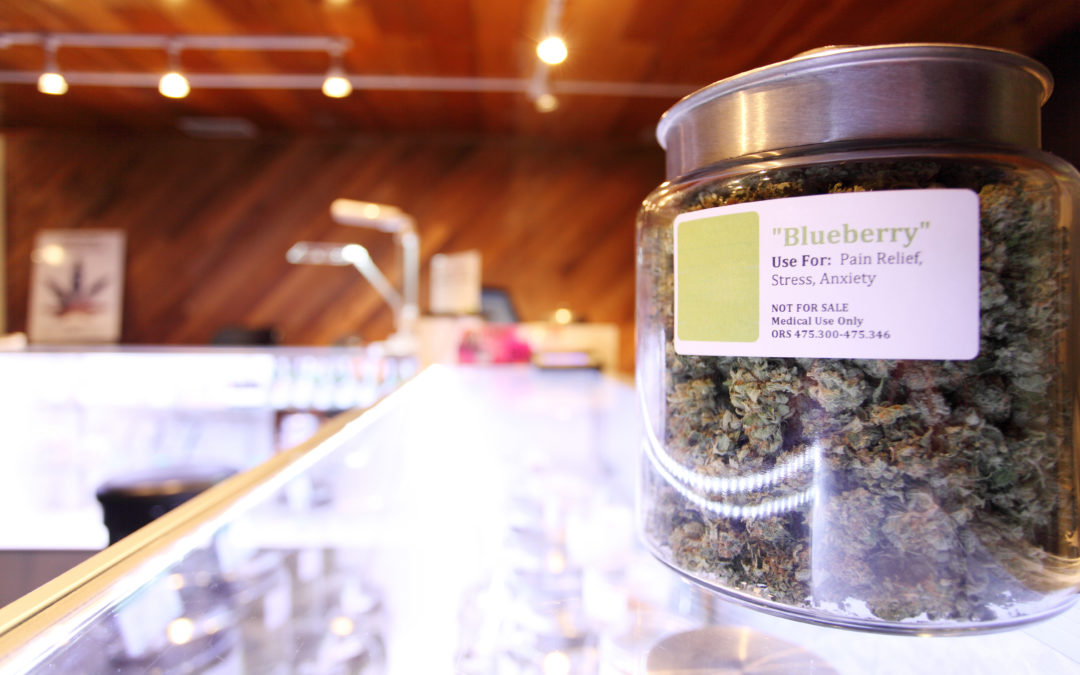Legalization in Florida
The green rush started in California in 1996 with the legalization of medical cannabis. In 2014, Florida dropped into the wave of states legalizing cannabis when the Florida Legislature enacted its first cannabis law, the “Compassionate Medical Cannabis Act of 2014” (codified as Section 381.986, Florida Statutes). This Act authorized a limited number of large nurseries to cultivate, process, transport, and dispense non-euphoric, low THC cannabis and operate as “Dispensing Organizations” for individuals with certain specified serious ailments.
The Compassionate Medical Cannabis Act (Section 381.986, Florida Statutes) was amended and expanded in 2016 to include the use of “medical marijuana” for eligible patients with terminal conditions. Later in 2016, Florida’s voters voted and passed an Amendment to the Florida Constitution, titled “Use of Marijuana for Debilitating Medical Conditions,” otherwise known as “Amendment 2“. Amendment 2 fully legalized the medical use of marijuana throughout the State of Florida for those individuals with specified “debilitating” conditions, and authorizes the cultivation, processing, distribution, and sale of marijuana and related activities by licensed “Medical Marijuana Treatment Centers.”
Local Regulation of Medical Marijuana Treatment Centers
The Florida Legislature anticipated local governments to issue panicked responses in the form of ordinances, so Florida Statute, section 381.986(11) provides specific direction about how strictly local governments could regulate the cultivation, processing, and delivery of marijuana by medical marijuana treatment centers. Florida Statute, section 381.986(11) also provides that in the face of any inconsistent laws enacted by counties or municipalities that the state law will control. The statute allows a county or municipality to ban medical marijuana treatment center dispensing facilities from being located within the boundaries of that county or municipality. However, if the county or municipality opts not to ban dispensing facilities, then it is not permitted to enact an ordinance that provides a specific number of dispensing facilities that will be allowable. Without a ban, a county or municipality may regulate through the zoning and permitting of where cultivation facilities and dispensaries can be located and requirements, such as security, for a permit for the intended medical marijuana use. To prevent counties and municipalities from creating insurmountable requirements after the establishment of a certain number of dispensaries, Florida Statute, Section 381.986(11)(b)2 prohibited local governments from enacting ordinances for permitting or determining the location of medical marijuana facilities that are more restrictive than its ordinances for pharmacies.
Education and discussion is more important than ever as this unique and interesting area of the law continues to develop as licensees begin to open dispensaries in the gulf coast and other areas all over the State of Florida.


